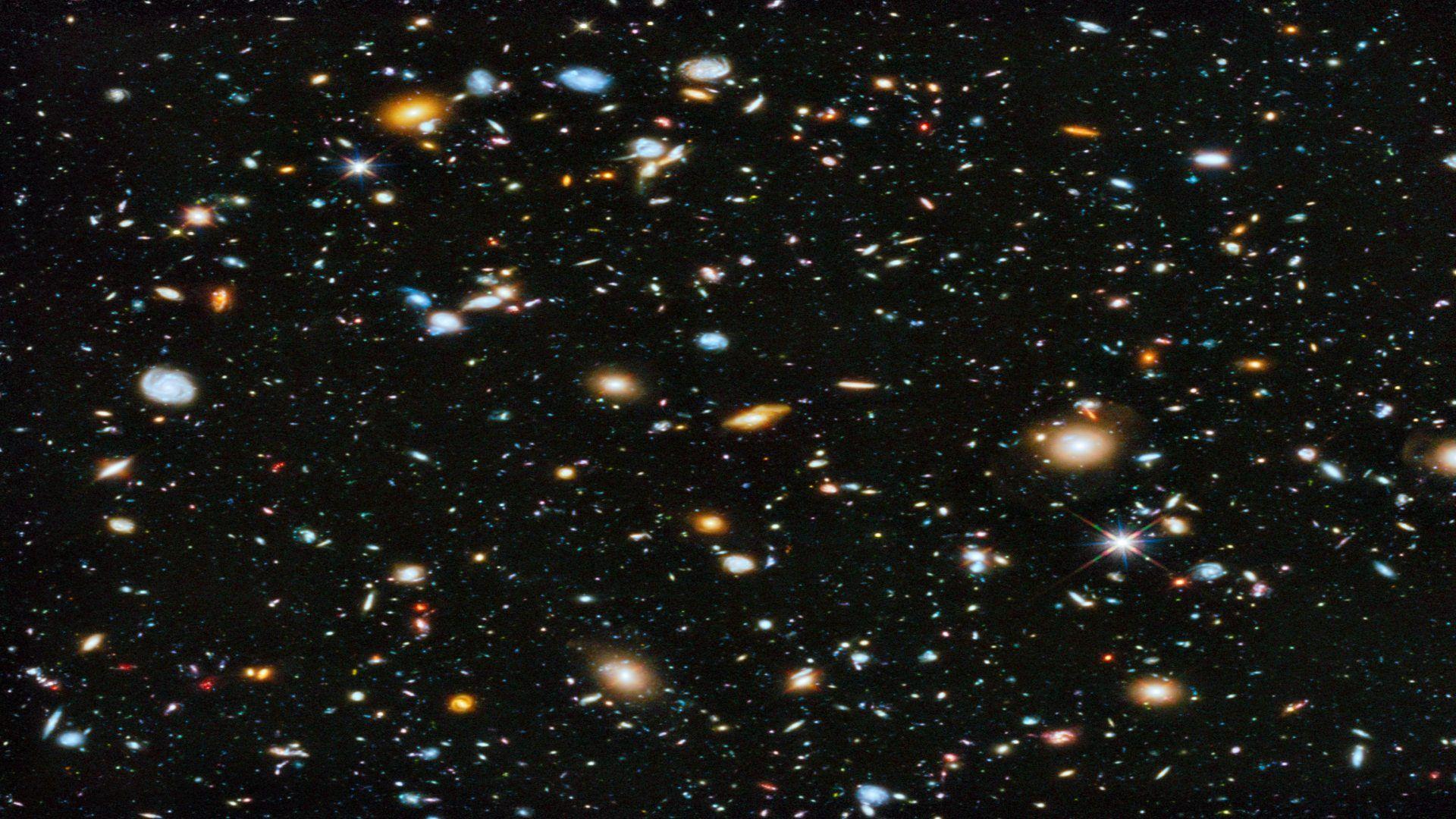
The combined mass of this galaxy cluster acts as a gravitational lens, magnifying much more distant galaxies behind it and distort their image to extended arcs.

Its light belongs to 4.6 billion years ago when Earth was just about to form. Thousands of galaxies – including the faintest objects ever observed in the infrared – appears in this 12-hour total exposure by Webb.
#James webb deep field professional#
The objects here are so faint and distant that the field may remain blank to a professional telescope. In my second image, using a telephoto lens, the square marking the deep field area in the southern constellation Volans is still extremely small, and shows just a blank background when zoomed in. The Webb Deep Field is several thousand times smaller the angular size of a grain of sand held at arm’s length. This deep field uses a lensing galaxy cluster to find some of the most distant galaxies ever detected. It has a similar angle to our eyes field of view. Mind-blowing facts: the video begins with a wide angle view that I photographed in southern Kenya.

A smattering of stars have parked themselves in the foreground, but everything else is a galaxy - a vast agglomeration of stars, rendered into a small splash of light by the immense distances involved.From the roof of Africa, Mt Kilimanjaro, let’s fly out to almost 5 billion light years away, where a galaxy cluster is revealed by NASA’s James Webb in its first Deep Field image the sharpest infrared image of the universe so far and just the beginning for the space telescope that is placed a million miles away from Earth. Washington Post science writer Joel Achenbach described it as “a hornet’s nest of brilliant but enigmatic objects in many colors.“If you held a grain of sand on the tip of your finger at arms length, that is the part of the universe you are seeing - just one little speck of the universe,” Nelson said, according to NPR. The image captures just a tiny portion of the universe.

“Light travels at 186,000 miles per second, and that light that you are seeing from one of those little specks, has been traveling for over 13 billion years.”

Scientists used Webb’s NIRCam instrument to observe the field in nine different infrared wavelength ranges. This area is in and around the Hubble Space Telescope’s Ultra Deep Field. Biden unveils James Webb Space Telescopes ultradeep view of the. Webb’s image is approximately the size of a grain of sand held at arm’s length, a tiny sliver of the vast universe. The first deep field image captured by the James Webb Space Telescope is of galaxy cluster SMACS 0723. President Joe Biden unveiled the image of galaxy cluster SMACS 0723, known as Webb’s First Deep Field, during a White House event on Monday 11 July. This image taken by the James Webb Space Telescope highlights the region of study by the Webb Advanced Deep Extragalactic Survey (JADES). Known as Webb’s First Deep Field, this is galaxy cluster SMACS 0723 and it is teeming with thousands of galaxies including the smallest, faintest objects ever observed. “What appears to be tiny specks in space are actually galaxies - billions of years old,” according to NPR. The international NASA/ESA/CSA James Webb Space Telescope has delivered the deepest, sharpest infrared image of the distant Universe so far.


 0 kommentar(er)
0 kommentar(er)
